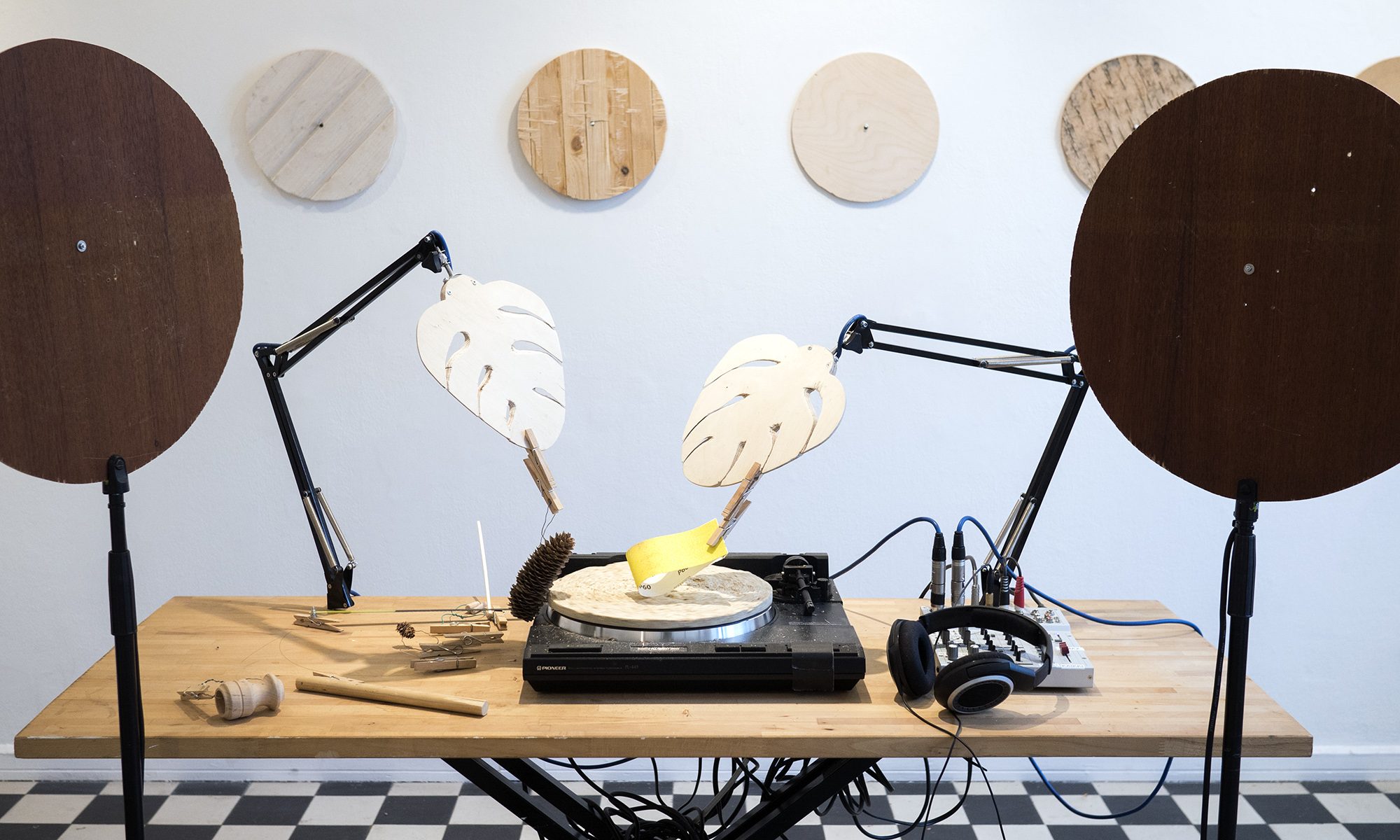Met with Andrew Gryf Paterson and Alexander Fleischmann at the HIAP residency in Suomenlinna and participated in an informal stroll around the island, which was organized to discuss “Undisciplinarity”. The theme is related to Paterson upcoming PhD thesis. The event was a part of the HIAP public program. I got to know Paterson when he was working for Pixelache and witnessed his impact on New Media Arts scene in Finland. Pixelache events and festivals brought together craftspeople, farmers, junkyard scavengers, programmers, circuit benders and artist working with video/sound. Rather than identifying and boxing in different genres of new media arts, Paterson was interested on what kind of social and ecological implications different technologies have.
He invited cultural heritage specialists, craftspeople and new media artist to the same front. The technologies they used were not judged based on how old they were – Digital dongles and stone axes fitted on the same desk. For him it was more important to find commonalities and joined motivations across different fields of creative life. It is important to organize behind joined dreams concerning the future and not to allow contemporary technology to segregate us (This premise has practical use in organizational tasks: Hosting a meeting with good food is way more efficient than sending emails).
Paterson has been influential to the development of Ore.e Refineries. The Pixelversity “Unconfrence on Art and Sustainability” in 2011 was a particularly fun event and we launched the NO-CHAIR-DESIGN campaign there. He’s currently working on a text “Reflections on Soil Future(s), Present(s) and Past(s)”. I’ll try to cover it in detail after it’s been published the RIXC “Open Fields journal”.
Got a PO-14 for a -60% discount! and now I could make gig using only Teenage Engineering gear. Also got the Cyanogenmod 13 (Based on Android Marshmallow 6.01) working on my Galaxy S3 (I9300). The device is slow but usable (I might have to return to Cyanogenmod 11 or other rom variant to make it snappier). Currently editing the Grey Cube Gallery video documentations.

